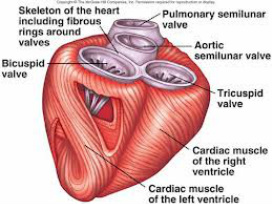 Heart Muscles (Fig 1) Heart Muscles (Fig 1) Most of us understand that when we have a pinched nerve it either comes from our neck or our low back and it can cause muscle spasms or muscle atrophy in our neck or back. In other words, when we wake up stiff-necked or experience a stiff back in the morning, we instinctively know that the nerve that is being pinched caused our muscle spasm or stiff neck. Most of my patients, when they come to my office, assert that they have a pinched nerve and they state with certainty that that is what is causing their stiffness.However, when it comes to wellness care, our patients have a bit of difficulty internalizing the correlation between a pinched nerve and the heart (Fig 1) . The muscles in our neck and low back, once in while, have a chance to relax. The heart muscle works non-stop. Unlike the muscles of the low back, pain is not the measurement to assess the health of the heart. The best way to assess the health of the heart is to look first at the nerves that relate to the heart and assess their function. In order to understand this, we need to explain a bit about the nerves themselves. Feeling vs. Function (Fig 2) There are three parts to the nervous system 1. Motor Nerves (control muscles) 2. Autonomic Nerves (control blood vessels, organs and glands) 3. Sensory Nerves (transmit pain) Notice on the graph below that the sensory part, which transmits pain, is only a small portion of the central nervous system. Nerve root compression can exist even when you don't feel pain. 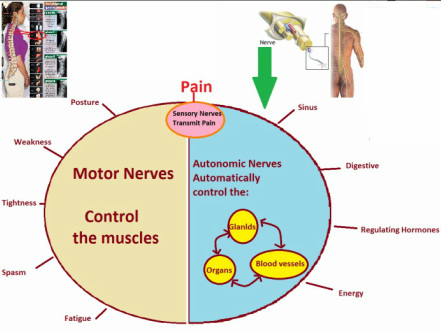 The nervous system, the most complex organ system of the human body, governs everything from the basic functions like digestion and respiration to cognitive functions like memory and intelligence and muscles and controls just about everything you do, even when you're asleep. Nerve root compression can exist even when you don't feel pain (FIG 1) Nerve function is 90% organ coordination and organ function and only 10% sensory. Out of that 10% only 5% is pain sensory. So pain is a poor indicator of the quality of the function of the nerve; knowing this, the best way to find out if there is a pinched nerve or interference at the spinal level of T1,2,3 and T4 ( Fig 2) is by looking at the lung and heart functions; in chiropractic we call that cardiopulmonary function. 50% of the older population dies of heart related problems which can be prevented with early wellness care. A heart problem is a gradually developing condition which the spine will reveal early. Ti - Heart Symptoms: (Group Four, Symptom Survey Form) Structural:, left shoulder pain, recurring Ti subluxation Functional: epigastric distress, difficulty swallowing, apprehensiveness Signs: Ti transverse process nodulated and tender to palpation (Fig2) and acupuncture points (Fig 3) -left thenar pad tender when firmly squeezed (Fig 3) This patient may be a candidate for extensive nutritional support based or evaluation by a cardiologist .What do we suggest? Chiropractic adjustments accompanied with Acupuncture Nutrition: Card b-Plus 3, 3 times per day with meals for 1 year, or until signs resolve, then 3 per day thereafter Myo-plus is exactly the same product as Cardio-plus. You may use Myo-plus for more information Please call us 818-831-0100 T2 - Myocardium These patients have impaired nerve conductivity due to a lack of natural, non- synthetic vitamin B. This results in a lack of muscle tone throughout the body, most critically in the hardest working muscle, the heart. Symptoms: (Group Four, Symptom Survey Form) Structural: -spinal pain involving many areas, recurring T2 nerve interference caused by spinal misalignment (subluxation)(Fig2) Functional: -asthma, bronchitis, difficulty breathing, fatigue, fluid retention Signs: T2 transverse process nodulated and tender to palpation, low blood pressure, swollen ankles, swollen eyelids, B deficiency What do we suggest? Chiropractic adjustments accompanied with Acupuncture Nutrition: Vasculin 3, 3 times per day with meals for 1 year or until signs resolve,3 per day.thereafter for more information please call us 818-831-0100 These patients must avoid sugar, refined carbohydrates, and synthetic B vitamin products (specifically avoid products containing Thiamine hydro-chloride or Thiamine mono-nitrate). Click on the Like button below
0 Comments
Hit and Run Car Accidents Happen More Often Than You Might Think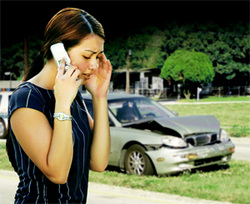 Hit-and-Run Accidents According to California statistics, an average of 18% of all statewide collisions involve hit—and—run drivers. About 65% of these drivers are intoxicated and over one- half of these drivers are uninsured, unlicensed, or have a suspended license. Hit-and run drivers are a serious national problem because these drivers continue to adopt this behavior with blatant disregard for others; there is simply not enough accountability in American society for these criminals. You may want to purchase additional coverage( Uninsured Motorist Coverage ) up to the limits of your liability coverage and Med Pay. Click the Like button below Click the Like button below
Why it's important to gain strength after a neck injury caused by a car accidentAfter a car accident whiplash injury, the injured person may lose neck range of motion, that is how far a person can turn his or her head in any one direction. It is very common for an injured person to stop using their normal range of motion because of the pain from the whiplash and because of muscle spasms. Just like any other muscle, this lack of use will cause the neck muscles to atrophy. In order to prevent muscle atrophy, it's important that a patient does muscle-strengthening exercises daily at home to regain strength, range of motion and to avoid muscle atrophy. When the neck muscles atrophy a person loses the shape and posture of the neck permanently; that in and of itself will also lead to spine degeneration. The videos below explain some excellent neck exercises.
Click the Like button below
Why Many of Our Patients Are Now "Wellness"You may already be on Soft Touch's Wellness Program. Congratulations! We invite you to chime in and comment below to share what it is like to be a Wellness Member of the Soft Touch Family. Maybe this is your first time hearing of a Wellness program altogether. Here is the difference between Sick Care, Preventative Care and Wellness Care. Sick Care just takes care of your immediate problem so that you function at minimum capacity. These are the folks that come see us only when they are in pain. Preventative Care goes one step further to prevent you from the initial problem coming back. These are the folks that get themselves adjusted once or twice a month for maintenance. Wellness Care goes even further to take you to a new level of health, not only are you preventing and maintaining health but you are IMPROVING health, so that you are functioning at your best. These are patients who come see us and get adjusted weekly, sometimes even up to three times a week. Our Wellness Patients know the value of caring for their nervous systems. They are taking years off their bodies when they come to rejuvenate their spines with chiropractic adjustments. The road map to Wellness is different for every person; depending on a person's current health condition and past history, the journey towards rejuvenation may take anywhere from a few weeks to a few months When you join the Wellness Family, you will receive personalized chiropractic care that will meet your health needs and will propel you to reach your health goals. We invite you to watch the video below. You may be in it. :-) Call us or visit us today to discuss a Wellness Plan especially tailored for you. 818-831-0100 Click on the Like button below.  Most accidents vehicle (MVAs) are not really accidents, but are crashes that are initiated by human error Research showed that 93 of 420 accidents investigated were determined to he caused by human factors. Human errors include: risky driving behavior, tailgating, improper lookout, inattention, loss of vehicle control, fatigue, physical handicap, decreased vision, driver history of accidents or violations, chronic illness and/ or medical disorders, emotional stress, driver inexperience, vehicle and road unfamiliarity, sleep deprivation, nutritional problems, and a driver too voting or too old In reality, we would he more accurate to avoid the term accidents altogether Click the Like button below 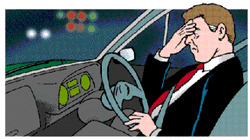 Driving and Work Safety Driving while using opioid medications remains a controversial issue. Particularly at the initiation of therapy, opioid medications may cause sleepiness, Clouded thinking, decreased concentration, slower reflexes, or in-coordination, all of which may pose a danger to the patient . Effects of opioids resolve with steady use and a Consistent dose, some activities or driving may be Allowable at the discretion of the clinician’s medical Judgment and in the absence of signs of impairment. Current clinical guidelines recommend that all Patients who are initially prescribed opioid medications, or those who have their dose increased, be advised not to drive or engage in potentially dangerous work or other activities. There is no consensus on exactly how long they should abstain from driving. Patients should be educated about the increased risk of impairment when starting opioid therapy, when increasing doses, and when taking other drugs or substances (such as, alcohol, benzodiazepines, or even some cold remedies) that may exacerbate cognitive and motor impairment. Clinicians should be aware that certain professions (i.e., school bus drivers and pilots) may be subject to restrictions in the use of opioid medications. Clinicians should check with their state medical society or the Federation of State Medical Boards to obtain up-to-date information in this regard. Click the Like button below |
New Patient SpecialArchives
July 2024
Categories |
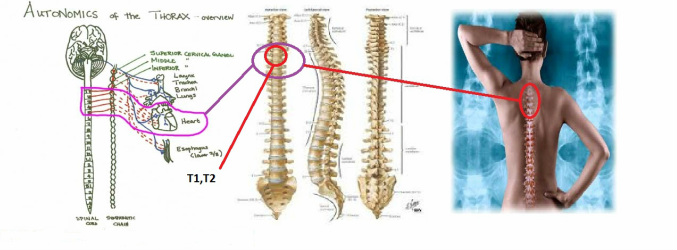
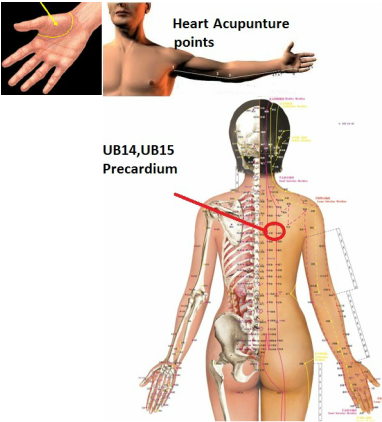
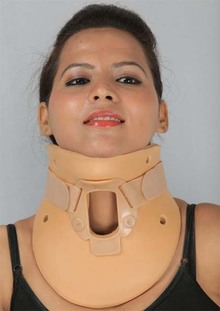

 RSS Feed
RSS Feed
